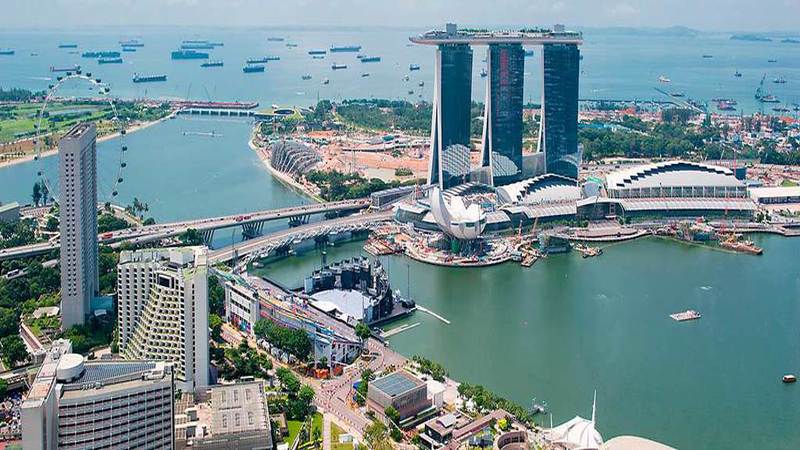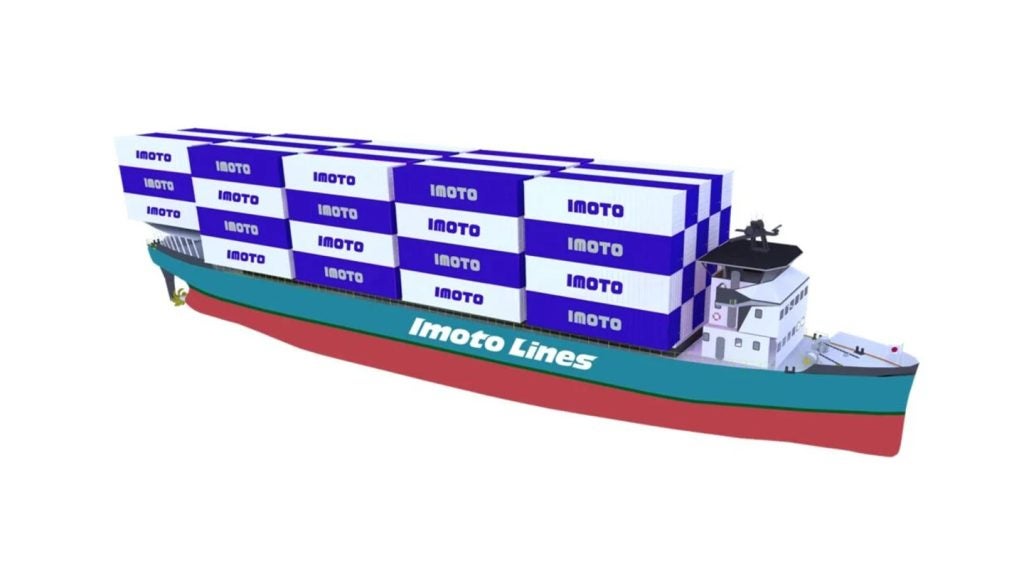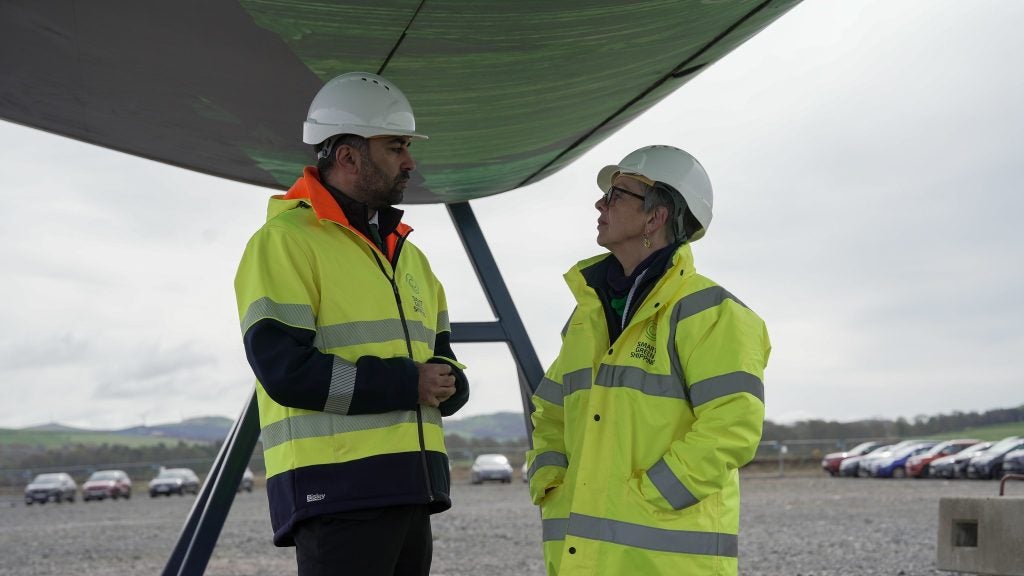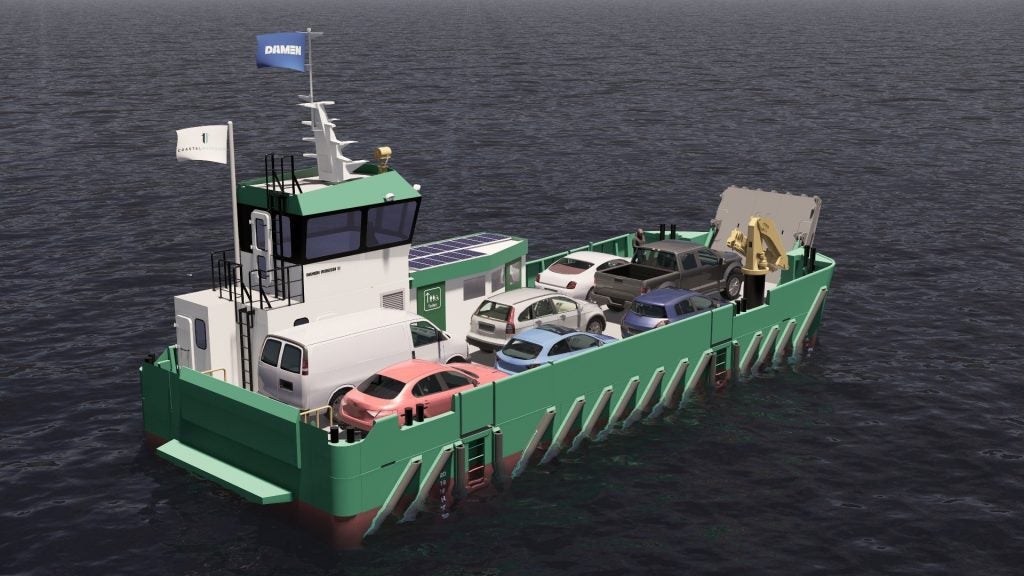
Classification society DNV GL and Keppel Marine and Deepwater Technology (KMDTech) have signed an agreement to promote the use of liquefied natural gas (LNG) as ship fuel.
Potential newbuilding projects such as LNG bunker vessels, small-scale LNG carriers along with floating storage regasification units (FSRUs), as well as LNG-related assets using battery and hybrid technologies, will be covered under the framework agreement.
KMDTech operates as a subsidiary of Singapore-based ship construction and repair specialist Keppel Offshore and Marine (Keppel O&M).
Keppel O&M gas and specialised vessels managing director Abu Bakar Mohd Nor said: “Working with DNV GL enables us to demonstrate the strength of our vessel designs and the viability of LNG for ship owners. We have a strong track record in delivering LNG solutions, including the first FLNGV conversion as well as LNG-fuelled vessels.”
As the first delivery in the agreement, DNV GL will issue approval in principle (AiP) certificates for two LNG bunker vessel designs from KMDTech.
The vessels are a 7,500m³ small-scale LNG carrier with bunkering capabilities, as well as a 7,500m³ small-scale LNG carrier with bunkering capabilities and hybrid battery propulsion.
How well do you really know your competitors?
Access the most comprehensive Company Profiles on the market, powered by GlobalData. Save hours of research. Gain competitive edge.

Thank you!
Your download email will arrive shortly
Not ready to buy yet? Download a free sample
We are confident about the unique quality of our Company Profiles. However, we want you to make the most beneficial decision for your business, so we offer a free sample that you can download by submitting the below form
By GlobalDataEach of the LNG carriers have been designed to carry up to 7,500m³ of LNG in type C-tanks. These carriers are fitted with engines that run on diesel and LNG.
They will have a class notation for bunkering that supports the provision of LNG bunkering services when required.
DNV GL’s Maritime Forecast to 2050 estimates that more than 10% of the world’s shipping fleet will be powered by LNG by 2030, compared to less than 0.3% this year. The report expects LNG-powered vessels to constitute 23% of the world’s fleet by 2050.
Keppel O&M said that an upgrade of LNG bunkering infrastructure is required to support this growth.
Both parties will work to support asset design by optimising machinery and systems configuration to increase fuel efficiency, using simulation tools such as DNV GL’s COSSMOS.
Parties will establish round-table discussions involving all stakeholders in the LNG-as-fuel value chain, including gas and LNG bunker suppliers, designers, shipbuilders, ship-owners, and operators. Discussions will be focused on increasing the demand for LNG bunkering in Singapore and beyond.





